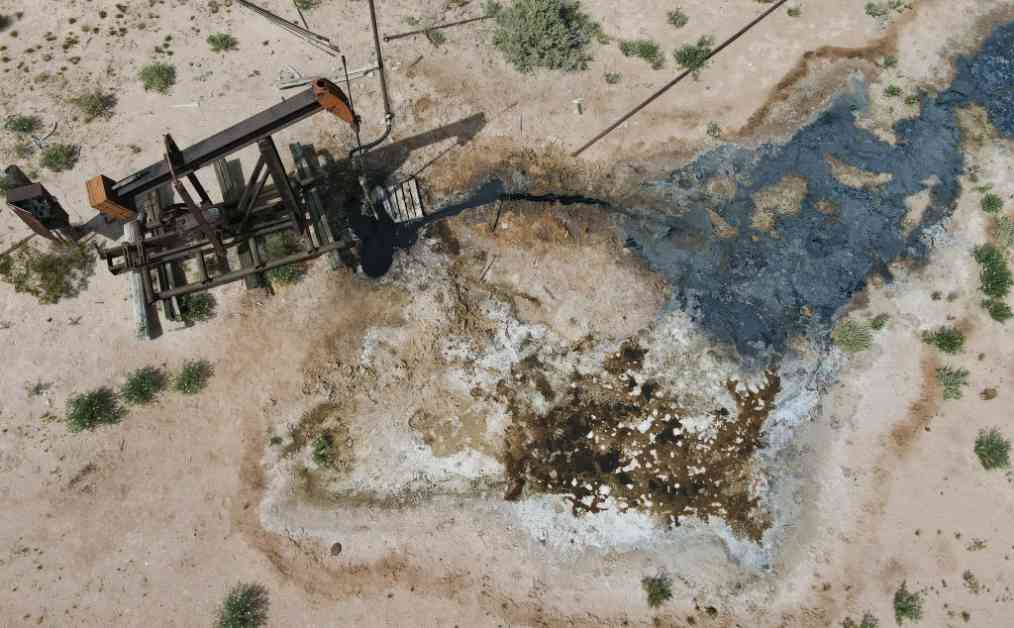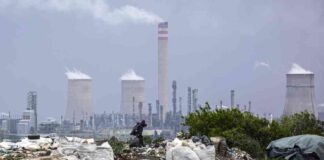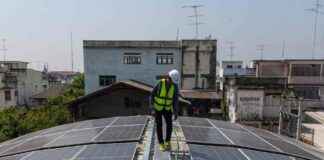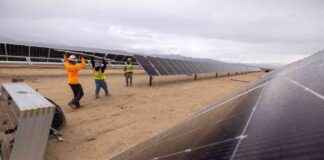Unlocking Value: Voluntary Carbon Market Opportunities in Abandoned Oil Wells
In the vast expanse of the United States, where remnants of the oil and gas industry dot the landscape, lies a hidden danger that continues to threaten our environment long after operations cease. These abandoned wells, left unplugged and unattended, have the potential to leak toxic chemicals and spew methane, a potent greenhouse gas, into our atmosphere. With over 3 million such wells scattered across the country, the environmental implications are dire.
Carbon Credit Developers to the Rescue
Amidst this environmental crisis, a glimmer of hope emerges in the form of carbon credit developers. These innovative minds have found a way to tap into the voluntary carbon market, creating a unique opportunity to fund the cleanup of these neglected orphan wells. The premise is simple yet impactful – by selling emissions-reducing schemes to institutions looking to offset their carbon footprint, these developers can secure the necessary funding to tackle this pressing issue.
The Intricacies of Methane Measurement
The process begins with identifying high-emitting wells, obtaining access to the site, and plugging the well to prevent further methane leakage. However, the challenge lies in accurately estimating the amount of emissions avoided as a result of these efforts. Each carbon credit developer adheres to different standards and methodologies, leading to variations in the number of credits issued for each project. This disparity raises questions about the true environmental benefits of these initiatives.
Navigating the Complexities of Carbon Offsets
As the industry grapples with uncertainties and challenges, experts like Adam Peltz from the Environmental Defense Fund shed light on the critical need for vigilance and thoughtful consideration in this evolving landscape. The discrepancies in methane measurement methodologies and carbon offset standards highlight the need for a unified approach to ensure transparency and credibility in the voluntary carbon market.
Despite the potential for financial gain, the environmental impact of these initiatives remains uncertain. Developers must tread carefully to avoid overestimating the benefits of well plugging and inadvertently misleading corporations seeking to fulfill their climate goals. With ongoing debates about methodology and data accuracy, the path forward is fraught with challenges and opportunities for growth and improvement.
In a world where environmental conservation is paramount, the journey to unlock the true value of abandoned oil wells through the voluntary carbon market is just beginning. As stakeholders navigate the complexities of this emerging field, one thing remains clear – the need for collaboration, transparency, and accountability to ensure a sustainable future for generations to come.














